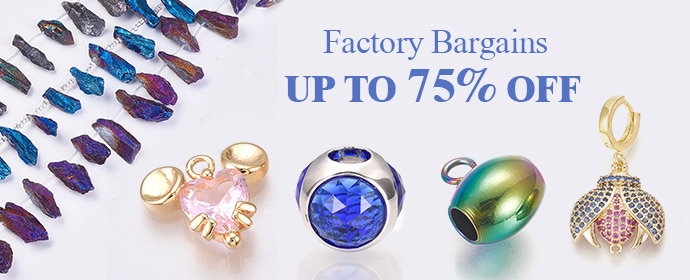Emerald stone are easy to love because they show off a bold green color that feels both natural and royal. Whether you’re grabbing one for a lucky charm, a smart buy, or just to freshen up your jewelry box, knowing the different kinds can really guide your pick. This quick guide walks you through the main types of Emeralds so you don’t feel lost at the gem shop.
What Exactly Is an Emerald?
An emerald is basically beryl packed with tiny amounts of chromium and vanadium, which give it that eye-catching green. On the Mohs hardness scale it scores 7.5 to 8, so clean rings and earrings can handle regular wear.
Types of Emeralds Based on Origin
Colombian Emeralds
Colombian Emerald stone usually steals the spotlight because miners there pull out deep, almost flawless greens from legendary sites like Muzo and Chivor. That reputation, plus limited supply, is why these gems almost always ask for the highest dollar.
Zambian Emeralds
Zambian copies lean toward a cool bluish-green and often show better clarity, so they work for buyers who want a classy look without breaking the bank.
Brazilian Emeralds
Brazilian emeralds lean toward a lighter green, sometimes with a hint of yellow. Because they show up in most shops, they cost less and work well for everyday jewelry.
Afghan and Russian Emeralds
Afghan and Russian stones are harder to find. Afghan gems glow with strong color, while Ural stones are deeper green and carry old-world charm.
Types Based on Clarity and Color
Emeralds come in many shades, brightness levels, and hues. Deep, clean green pieces fetch top dollar. Because inclusions called jardin look like tiny leaves, flawless gems stay far out of reach for most buyers. Mild marks are usually welcome and don’t knock down the price much.
Natural vs. Treated Emeralds
To impress the eye, almost every emerald gets some help. The classic method is oiling; cedar oil seeps into hairline cracks and lifts clarity.
Untreated stones sit at the very top and cost a bundle. Oil-treated gems are everywhere and buyers trust them. Pieces cured with resin or polymer rank lower in value and sellers should mention the fix.
Always check a gem report to see what work the stone has done.
Synthetic vs. Simulant Emeralds
Synthetic stones grow in labs and have the same chemistry as stones dug from the ground. Simulants look the part but come from other materials such as green glass or natural peridot.

Image Resource : Navratan Gemstone
Popular Uses and Styles
Emeralds show up in rings, earrings, pendants, and bracelets. An emerald ring, whether a simple solitaire or a sparkling halo, always looks classy. Because these stones remind people of kings and queens, couples often pick them for engagement and wedding bands.
Pick a trusted seller.
Ask for a gem lab report (GIA or IGI is best).
Remember the 4Cs: color, clarity, cut, carat.
Decide on a budget and focus on the features that matter most to you-whether thats country of origin, treatment, or size.
Emeralds have a timeless charm and long story. Colombian, Zambian, or Brazilian, you can find a stone that fits your taste and budget. When you know the types, buy emerald one as an investment, gift, or treat for yourself is a lot easier.
Recommend0 recommendationsPublished in Uncategorized





